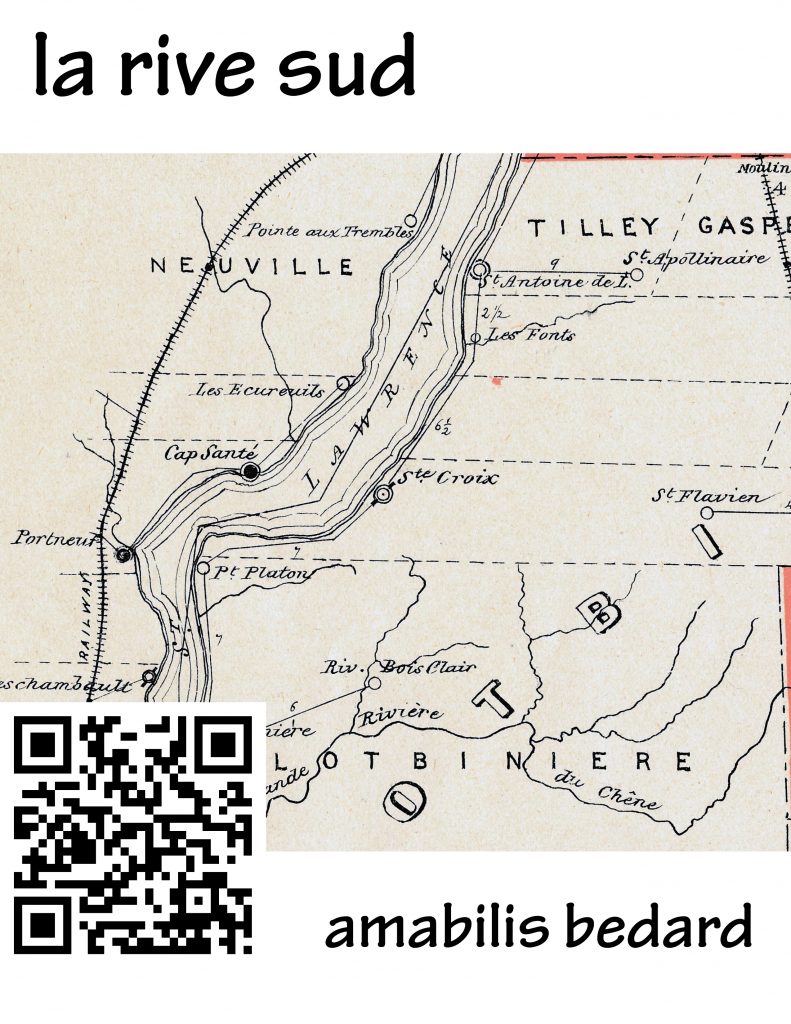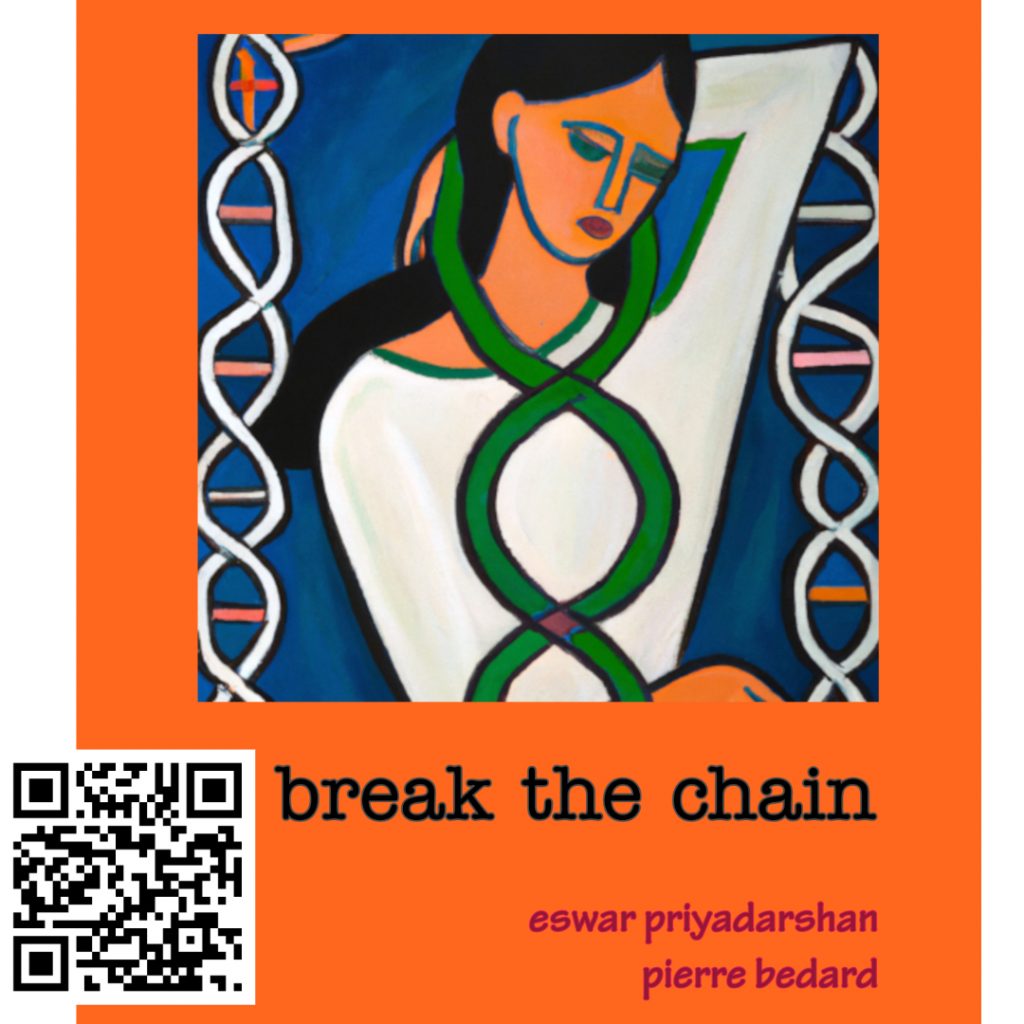“Make deadline, live. Miss deadline, die.”
— Any editor who ever lived
Toughest School in North America specifications
| Page length | 259 pages printed |
| Start Date | January 2022 |
| Publication Date | May 2022 (print and kindle) |
| Word Count | >70K |
| Publisher | ennui.press |
Problem: Richard wrote a book about St. John’s Cathedral Boys’ School in 1988. When someone wants to read the book, Richard makes a copy and snail mails it via CANADA POST.
Solution: ennui.press

“We can publish by Open House.“
– Pierre Bedard, Managing Editor, ennui.press
Getting started
So where do you start? Every house needs to have running water, heat, and working bathrooms. You start with the fundamentals, communications, overcoming geography, and editorial commitments.
Everyone needs to talk, everyone needs to work together. We chose Google Meet (the free version) and used it to review objectives and status updates. Google Meet fit our needs – free, robust, easy to screenshare, and frankly, (again), free.
We never debated wording over Google Meet. In fact, I don’t really recall debating wording much at all. I asked questions, Richard answered (or not), and then I made the editorial call.
Richard and I maintained a focus on getting to the prize – which was final publication. With that in mind, I tried to ensure that there was no editorial call material enough to distract our focus. His willingness to acquiesce to the little stuff helped keep things going.
Eventually, I purchased a full license of Zoom, but mainly for holding longer and larger meetings.
Richard is in British Columbia, I’m in Northern California. How do you collaborate when you sit 1,000 miles apart at the tail end of the pandemic? But to do the job we needed a place to meet and collaborate. More on WordPress later.
Editorial commitments
Commitments are never easy, but these are just editorial commitments, not wedding vows. We committed to:

- Use the toolchain
- publish on Amazon
- Serialize it
- Focus on readability
- Hit the publish date
USE THE TOOLCHAIN
“A fool with a tool, is still a fool.”
This goes without saying. The toolchain I talk about, or some substitute software, is absolutely key. Every production process needs a good toolchain to succeed. When under deadline, the right product at the right time often defines success.
Though open to advertising, even if in kind, I am not receiving money from any of the software and service providers listed below. This is not meant to be a software review – these are just the tools I put together in a chain.
We took on the project in mid-January and shipped four months later, ingesting quality into our process. That’s why I call it a wash cycle.
| Wash Cycles | Software or Service Used | Cost |
|---|---|---|
| Pre-wash | Scrivener | $49 license per platform (Mac, Windows, IoS) |
| Acrobat Pro DC | $14.99 / month | |
| Wash | WordPress | Free software / hosting app. $15 / month |
| WordPress plugins | Jetpack (for Security) app. $10 / month, Yoast (SEO), and PublishPress (checklist) freemium | |
| Scrivener | (see above) | |
| GNU Image Manipulation Program (GIMP) | Freely licensed / all platforms. Photoshop substitute. | |
| Rinse | Microsoft Word – Office 365 | $99/year |
| Spin | Amazon KDP Tools | Free (though you may be selling your soul) |
Pre-wash
Acrobat Pro DC
You can always get a less expensive pdf engine, but none is as powerful and flexible as the OG – Adobe Acrobat Pro DC. I was at Adobe early on, when pdf was first created, at 1.0. Throughout my career, some Adobe Acrobat product has always been in my kit.
I used Acrobat DC as a document-laundering machine, a washing machine, moving the words from one format to the other to either harvest them or print them in final format. Both Adobe’s Acrobat DC and Microsoft Word are key can openers that I cannot live without. Superpowers have a price, saving time and energy when both are at a premium. You can’t survive without these tools, or at least do what we did in the time we did.
Scrivener
Scrivener is the quarterback of authoring tools, the go-to application for any and all structural exploration and draft work and revisions. It’s where your story structure goes when it needs an enema.
Scrivener lays out the topography on a project – you can assess chapter size and balance, word count, anything to break up and rearrange the Work to make it more readable.
Some of the chapters, first titled in 1988, needed an update.
The order of some of the chapters changed. Others were shortened or broken up into two chapters, or conversely, combined. Putting work online allowed us to “air out” the book. Publishing a chapter to bedard.com allowed us to discover things otherwise unseen, or even unknown.
wash
WordPress
WordPress is our hub, where the rewrites happen. I harvested what Richard wrote in 1988, populated bedard.com, and Richard rewrote his stuff. WordPress proved to be a very easy collaborative tool.
I self-host my site on an independent site, not WordPress.org, so the level of management required is likely higher than most, but I’ve been working with WordPress for years, publishing bedard.com and Bedard’s Unofficial St. John’s Page.
Richard, with no previous WordPress experience, was immediately productive. He accessed the pages I populated, and we were quickly in publishing rhythm. Web accessibility and the Post Autosave feature made life much easier. We experienced no meltdowns at all.
WordPress has a concept of featured image in its Posts – an image is identified so that when you advertise your entry in social media, it comes along. Like this –

After the first week or so, I came up with a set format for each subsequent blog / chapter entry – one image only, drop cap in the first paragraph, buttons at the bottom leading you back to all the other episodes – all exceedingly simple constructs. Once in a rhythm, we stuck with it. The power of WordPress are its many plug-ins. We used many plug-ins, but these are the three that mattered.
Key WordPress Plugins
Jetpack from Automattic
Jetpack Security provides easy‑to‑use WordPress site security. You get malware and spam protection, as well as backups.
If you’ve ever had your site hacked, you know that you never want to experience that sinking feeling again. When you post online in the volume we were doing (one post had over 500 views – seemingly trivial – but 500 individuals reading the work) you don’t want to be stalled out because of an infection or hack.
WordPress plugins are susceptible to hacks, especially if you don’t update them. The folks at Automattic are forever vigilant to new threats. You get the benefits of all they learn on blogs living on WordPress.org.
Yoast
Yoast is the most popular SEO plug-in for WordPress. The value in the base product is excellent, allowing you to check on grammar and readability issues in a different way than Scrivener, Microsoft Word, and even the Amazon Publishing Tools.

Yoast Dashboard.
Solid writing advice and readability analysis.
“Have you Yoasted it yet?” became part of our lexicon.
Each and every time a document goes through, be it in the form of a WordPress post, or the entire Word file, you need to run at least one grammar or spell check to maintain vigilance on the document quality.
Pre-Publish Checklist from PublishPress
The free version of this plugin contains a checklist and an editorial calendar. The checklist was used throughout the project. The editorial calendar was used early on to visualize the publishing schedule, but was soon dropped as we began to regularly publish Monday, Wednesday, and Friday.
Each of the thirty chapters went through the same process.

Checklist by PublishPress
- Formatting Done / Title Catchy / Spelling Grammar first pass. Completion of this step means the post/chapter is ready for Richard to review.
- Featured Image Assigned. We decided to always have one image per post.
- Yoast completed. Yoast highlights areas that need improvement, especially in terms of readability.
- Richard Approves. Because at the end of the day, it’s the Author’s book, and Richard has to approve.
- Post Published / Copied to Scrivener. Everyone’s happy. Any changes made after going live on bedard.com are captured and copied back into Scrivener to get prepped for Microsoft Word and Amazon.
When words hit the internet, anything wrong tends to be accentuated. It will never take away the need to proof a printed copy. The contretemps of the web brings out different views and perspectives.
We could make global decisions midway with no penalty, just from something we learned (is it Saint Boniface or St. Boniface?) Richard gave the book one last rewrite, and tightened things up.
publish on amazon
Many consider Amazon the devil incarnate, one of the Four Horsemen, a purveyor of death, destruction, and dismay. We committed wholesale to their vision of carrying no inventory. Last year, Amazon finally made publishing and shipping in Canada, and worldwide, exceedingly easy, ensuring that printing can be done anywhere and shipping costs can be minimized.
Your sense of outrage may not be misplaced, but my significant other’s sense of outrage eclipses mine when boxes of books litter the floor of your garage.
For most of us, it’s an excellent deal. Most books never sell more than 1,000 copies which means that even if your book was picked up by a publisher and you go through their process, you might be too late to the game.
I personally have never been signed to write a book for an advance. Why?
Many reasons, but the primary one is that I’ve never really tried to work that way. Professionally, I brought in more money than most writers. I was also unimpressed with book advances. I’m not judging, but I personally don’t like the advance system. I don’t need to be driven to write by the guilt of having already cashed my advance check. After the thrill of getting signed by a “real” publisher dies down and you’ve received the last “congratulations,” the contractual reality steps in.
With Amazon, there’s no advance. For paperbacks, there’s up to a 60% royalty (on kindle, 70%). No advance means not having to work or pay off an advance. You may have to market your book, but most publishers expect a certain amount of self-marketing by writers.
But you can never get complacent with Amazon. Things are always morphing on the platform. Be ready, willing, and able to act.
serialize it
Exposing your writing in ways unthought of just results in better writing. That’s why Richard agreed to serialize the book.
We committed to publishing three chapters a week. For ten weeks, we serialized the book, getting great feedback and causing a massive tornado of memories and remembrances. Richard and I both hope those memories serve you well and help you, in whatever way they might.
We committed to serialize all thirty (30) chapters of the book online to see what people thought, and also “air out” Richard’s words, making sure that all spellings were appropriately Canadian – words like “valour, humour, and about.”
focus on readability
The greatest test of any book I read is its readability. People can try to minimize readability, to reduce it to just an algorithmic examination Judging written material for its readability is in fact a science, but really, the ultimate judgment is the reader’s. At what point does the reader lose interest and put the book down? To me, that’s the measure.
A book unfinished is time wasted, and so is reading Ayn Rand. If I lose interest, I move on.
We applied multiple tools to this problem as we speak about above. Scrivener, Word, WordPress, Yoast, and other programs all bring their own grammar and spell checker to the game. And then there’s Grammarly – even the free version adds tremendous value. Use them. Respectfully.
Proofreading is goaltending. The job is not to let any typos through, but realistically, you know that typos get through, though, you tell yourself, never through you. The only remedy for the illusion of quality is a repeated effort to filter out errors and typos.
hit the publish date
We hit our date. We lived. On May 17th, Toughest School in North America went to press on Amazon in the US, UK, Germany, France, Spain, Italy, the Netherlands, Japan, Canada, and Australia.
A few days after, we published the Kindle version in the US, UK, Germany, France, Spain, Italy, the Netherlands, Japan, Canada, Australia, Spain, Brazil, Mexico, and India.
In publishing, you need to hit your date, often at all costs.
In writing up this case study, I’ve ignored a couple of areas around business terms, but by and large, I aimed to describe a colloborative process with a fair chance of success.
Get the kindle!
Get the paperback in the US!





